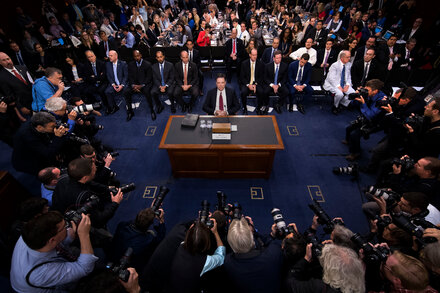A significant exhibition of works by acclaimed contemporary artist Kerry James Marshall is poised to captivate audiences, drawing particular attention to the powerful and direct gaze of his subjects. The exhibition, which is anticipated to be a major cultural event, will underscore Marshall’s mastery in art history and his profound commitment to challenging the historical absence of Black figures in Western art.
Marshall, widely recognized as one of the most important painters of his generation, has consistently explored themes of identity, race, and representation throughout his extensive career. His distinctive canvases often feature figures rendered in shades of rich, deep black, a deliberate choice that challenges conventional artistic portrayals and asserts a powerful presence within the canon of art history.
The essence of the exhibition, as suggested by its focus, lies in the confrontational nature of Marshall’s portraits and narrative scenes. His subjects rarely avert their eyes; instead, they meet the viewer’s gaze with a palpable intensity, demanding acknowledgment and engagement. This direct address is a hallmark of Marshall’s practice, inviting introspection from the viewer about their own perspectives and the narratives they consume.
His work frequently recontextualizes historical genres—from landscape and portraiture to scenes of domestic life and public events—imbueing them with Black experiences and perspectives. By meticulously crafting figures who stand front and center, often occupying the full frame of the canvas, Marshall not only reclaims visual space but also asserts the dignity, complexity, and universality of Black identity.
This anticipated showcase offers an invaluable opportunity to delve into the intricate layers of Marshall’s artistic vision, examining how his technical prowess converges with his incisive social commentary. The collection is expected to highlight his continuing influence on contemporary art and his unwavering dedication to fostering a more inclusive and representative art world.
Source: Read the original article here.




